Spain
Spain is a unitary state composed of municipalities (municipios), county councils (diputaciones), Canary Island county councils (cabildos), Balearic Island county councils (consejos insulares), autonomous cities (ciudades autónomas) and autonomous communities (comunidades autonómas).
CEMR in Spain – Spanish Federation of Municipalities and provinces (www.femp.es)










Local governments
The local council (pleno) is the local authority's deliberative body and is composed of councillors elected by direct universal suffrage for a four-year term. This assembly approves the local budget, urban planning, by-laws and municipal rules.
The government council (junta de gobierno) is the local authority's executive body. It is made up of local councillors appointed by the mayor to assist him in his work and to exercise a number of executive functions.
The mayor (alcalde) or president (presidente) is the head of the executive body. He/she is appointed by and from within the local council and is assisted by a number of councillors which he/she nominates and can dismiss. The mayor also chairs the local council.
The 52 county councils are composed of 38 county councils and of the 3 provincial councils of the Basque Country, the 7 county councils of the Canary Island, and the 4 county councils of the Balearic Island.
-
In every local authority
- Water supply
- Street lighting
- Urban traffic
- Food security
- Road maintenance
- Sewage and waste management
In local authorities of over 5, 000 inhabitants (in addition to the aforementioned)
- Public libraries
- Green areas
- Local police
In local authorities of over 20, 000 inhabitants (in addition to the aforementioned)
Social services
- Fire prevention
- Sporting facilities
In local authorities of over 50, 000 inhabitants (in addition to the aforementioned)
- Public transport
- Protection of the environment









Regional governments
The regional assembly (asamblea regional) is the autonomous community's deliberative body. Its members are elected by direct universal suffrage for a four-year term. It exercises devolved legislative power.
The regional government council (consejo de gobierno) is the autonomous community's executive body and is headed by the president who appoints its members. It regulates and initiates legislation.
The president is elected by the regional assembly for a four-year mandate. The president manages and coordinates the work of the regional government council and represents the autonomous community vis-à-vis the national government.
The autonomous communities can create their own police force.
The two autonomous cities (Ceuta and Melilla) are special administrative units, halfway between a municipality and an autonomous community. Unlike the independent communities, they do not have their own legislative assembly but do have deliberative powers.
-
- Territorial development
- Civil engineering
- Economy
- Agriculture
- Culture
- Social policies
- Environmental management
- Development of economic activities
- Health
- Education
